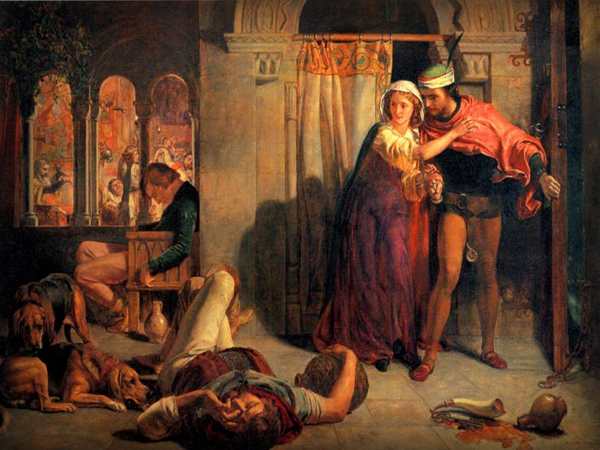Dante Gabriel Rossetti, often known as Gabby to his friends, was born in London in 1828 to Italian émigrés. His life was as colorful and dramatic as his art, and his romantic entanglements ultimately shaped his legacy. Rossetti was a charismatic, confident man, well aware of his good looks and charm. As a young man, he founded a group called the Pre-Raphaelite Brotherhood (PRB) with six other artists and writers. Their goal was to revolutionize art by returning to the honest, intense style of the artists who worked before the painter Raphael.
Key Points
Rossetti’s life was marked by great artistic achievement but also by deep personal tragedy. His intense love for Elizabeth Eleanor Siddal, known as Lizzie, became both his muse and his undoing. Their relationship was full of passion, obsession, and sorrow, and it eventually ended in tragedy when Lizzie died of a laudanum overdose. Rossetti’s story is one of love, art, and loss, intertwined in a narrative as rich and complex as the paintings he created.
The Rise of the Pre-Raphaelite Brotherhood
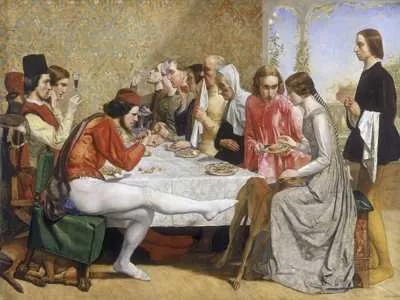
In 1848, a year of revolutions across Europe, Rossetti and his fellow PRB members launched their own revolution in the world of art. They rejected the traditional techniques and conventions of the Royal Academy of Arts, headed by Sir Joshua Reynolds, whom they mockingly referred to as “Sir Sloshua Slosh.” The PRB sought to bring back the detailed, vivid, and naturalistic styles of the early Renaissance, or Quattrocento, painters who predated Raphael.
The group’s early works shocked the art world. John Everett Millais, one of Rossetti’s closest friends, caused a sensation with his painting Lorenzo and Isabella, a complex and vibrant depiction of a doomed love story based on a poem by John Keats. Rossetti, always more of a poet than a painter, contributed his own works to this new movement, though his focus often remained on writing.
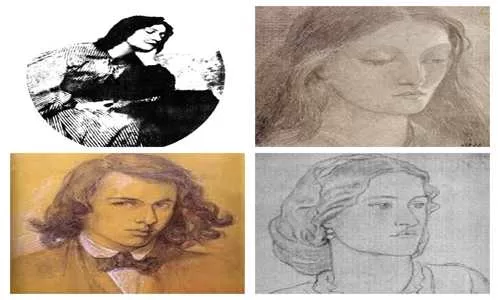
Elizabeth Siddal: Rossetti’s Muse and Tragic Love
In 1849, Rossetti met Elizabeth Siddal, a milliner’s assistant with striking copper-colored hair and haunting blue eyes. She quickly became the model for many of the Pre-Raphaelite painters, including Millais and Holman Hunt. However, it was Rossetti who fell deeply in love with her. He painted her over and over, obsessively capturing her sad eyes, flowing hair, and stately neck. To him, she was not just Lizzie, but his Beatrice—an idealized figure from the works of the great Italian poet, Dante Alighieri.
Their love, though passionate, was troubled. They were engaged for nearly a decade before finally marrying in 1860. By then, their relationship had soured. Lizzie suffered from depression and debilitating illness, which worsened after the stillbirth of their child in 1861. Rossetti, meanwhile, had always been prone to infidelity, and his affairs, whether known or suspected, contributed to Lizzie’s mental anguish.
On February 10, 1862, tragedy struck. After dining out with Rossetti, Lizzie returned home and, either accidentally or intentionally, overdosed on laudanum. She died the following morning, leaving Rossetti heartbroken and guilt-ridden. She was pregnant at the time of her death.
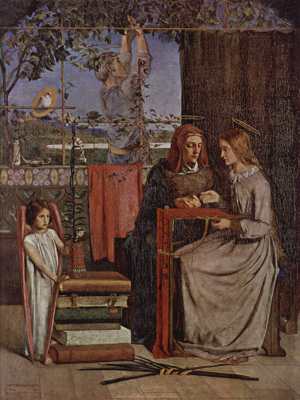
The Haunting Legacy of Lizzie’s Death
Lizzie’s death left Rossetti devastated. He buried her in Highgate Cemetery, and in a moment of grief and guilt, he placed a notebook containing his unpublished poems in her coffin. This act would haunt him for the rest of his life.
Rossetti’s grief manifested in his art, most notably in his painting Beata Beatrix, a haunting portrait of Lizzie as Dante’s beloved Beatrice. In the painting, she sits with her eyes closed and lips slightly parted, as if taking her final breath. A sundial in the background symbolizes the passage of time, while a dove delivers an opium poppy—the source of the laudanum that claimed her life.
After Lizzie’s death, Rossetti began to suffer from severe depression and addiction. He turned to laudanum and alcohol, and his physical and mental health rapidly deteriorated. He became convinced that he was going blind, and his shaking hands made it difficult for him to paint.
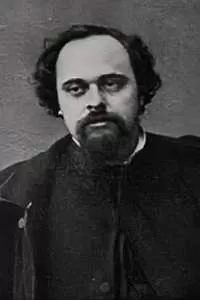
The Exhumation and Rossetti’s Decline
Rossetti’s obsession with the poems he had buried with Lizzie grew as his life unraveled. In 1869, under the influence of his shady literary agent, Charles Augustus Howell, Rossetti had Lizzie’s grave exhumed to retrieve the notebook. Howell claimed that Lizzie’s body was perfectly preserved, her beauty untouched by death, and that her hair had continued to grow until it filled the coffin. While these claims are scientifically impossible, they added a macabre layer to Rossetti’s grief.
Rossetti retrieved the notebook, but the poems inside had been damaged by worms. Despite this, he managed to piece together many of the works, which were eventually published in 1870 to mixed reviews. The exhumation haunted Rossetti for the rest of his life, and he continued to spiral into addiction and paranoia.
In his final years, Rossetti became increasingly isolated. He suffered from delusions and frequently spoke of suicide. One story tells of him finding a chaffinch on a path and becoming convinced that it was the spirit of his dead wife. His addiction to alcohol and drugs worsened, and he spent his last days in a haze of whisky and chloral hydrate. Rossetti died on April 9, 1882, from complications related to Bright’s disease.
The Enduring Influence of Rossetti and the Pre-Raphaelites
Despite the personal tragedies that defined Rossetti’s later life, his work and that of the Pre-Raphaelite Brotherhood left a lasting impact on the world of art. Their commitment to intense detail, vibrant color, and naturalistic representation continues to inspire artists today. Rossetti’s poetry, though overshadowed by his paintings during his lifetime, has also gained recognition for its depth and emotional resonance.
The story of Dante Gabriel Rossetti is one of love, art, and obsession. His relationship with Lizzie Siddal shaped much of his life and work, and her tragic death cast a long shadow over his later years. Yet, through his art and poetry, Rossetti achieved a form of immortality, ensuring that his legacy would live on long after his own death.
